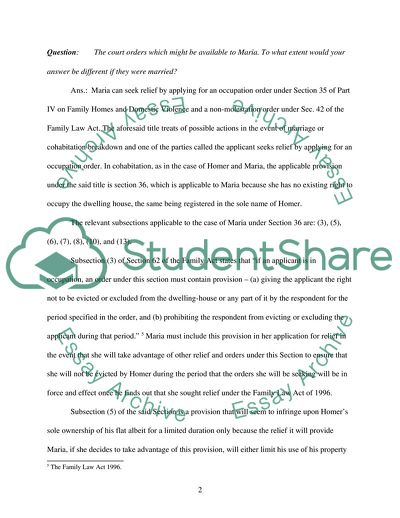Cite this document
(Family Law Act of 1996: In Re Homer and Maria Case Study, n.d.)
Family Law Act of 1996: In Re Homer and Maria Case Study. Retrieved from https://studentshare.org/law/1713327-family-law-problem-question
Family Law Act of 1996: In Re Homer and Maria Case Study. Retrieved from https://studentshare.org/law/1713327-family-law-problem-question
(Family Law Act of 1996: In Re Homer and Maria Case Study)
Family Law Act of 1996: In Re Homer and Maria Case Study. https://studentshare.org/law/1713327-family-law-problem-question.
Family Law Act of 1996: In Re Homer and Maria Case Study. https://studentshare.org/law/1713327-family-law-problem-question.
“Family Law Act of 1996: In Re Homer and Maria Case Study”. https://studentshare.org/law/1713327-family-law-problem-question.


